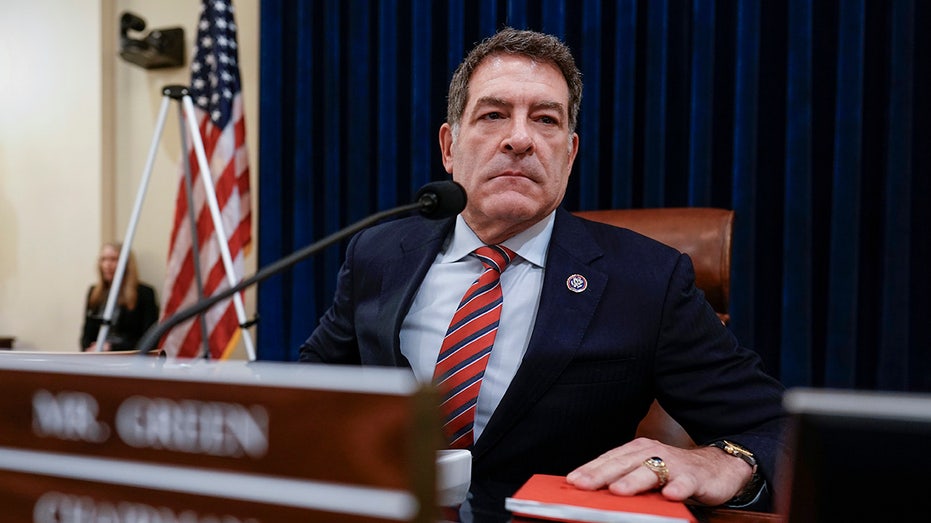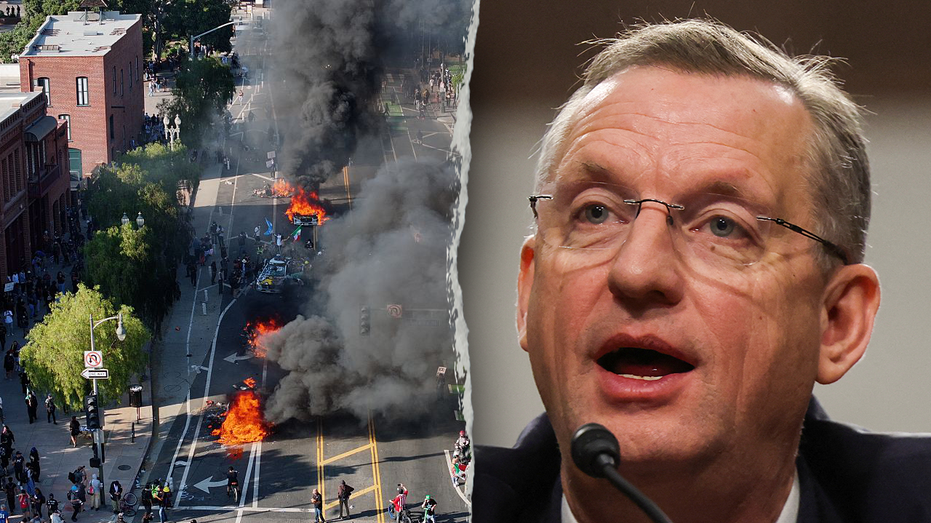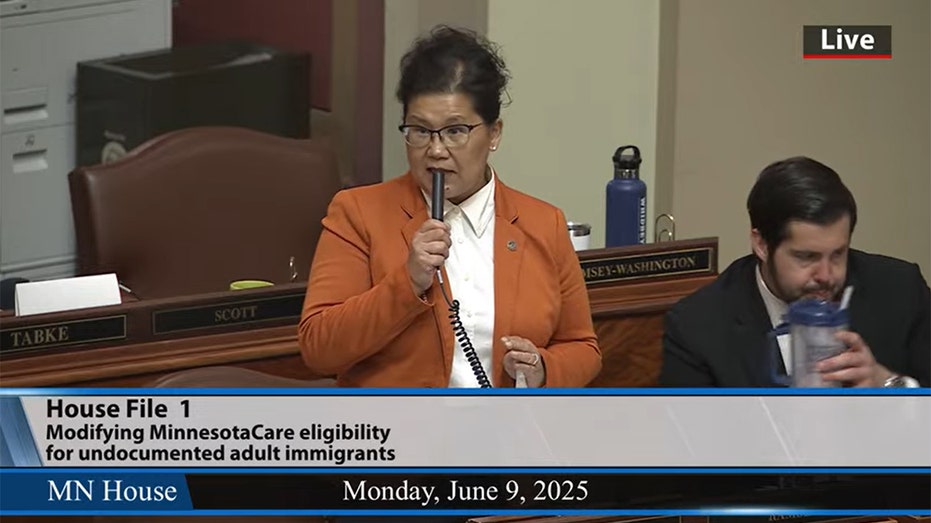Xi-Trump Phone Call Sparks Breakthrough Amid Ongoing Challenges in U.S.-China Relations
Experts hail the call between China and U.S. leaders as a potential breakthrough, but emphasize that real progress depends on future actions.

Amid ongoing tensions between the world’s two largest economies, a Thursday phone call between Chinese President Xi Jinping and U.S. President Donald Trump has stirred global attention and sparked cautious optimism among observers. The conversation comes at a critical moment, as both countries navigate a complex landscape of economic rivalry, geopolitical disputes, and global uncertainty.
Experts are hailing the call as a "breakthrough" in the often-fraught China-U.S. relationship, noting that key issues—including trade disputes, the status of the Taiwan region, and the future of student exchanges—were placed front and center. However, analysts caution that the real test will be what follows: the implementation of concrete measures that solidify the intentions voiced during the leaders’ exchange.
According to specialists in international relations, the mere fact that direct communication was re-established between Xi and Trump is a significant achievement. “The ability for the two leaders to maintain a channel for dialogue is a great relief for not just China and the U.S., but the rest of the world,” one expert emphasized, pointing out the need for global stability and certainty amid growing unpredictability in international affairs.
The conversation reportedly built upon recent economic and trade discussions held in Geneva, where both nations acknowledged the necessity for more structured and sustained dialogue. Observers highlighted that the proposal for a future face-to-face summit indicates a mutual openness to addressing deep-seated issues, while the exchange of official invitations signals an intention to deepen engagement.
Chinese officials have stressed that the phone call led to tangible outcomes, particularly with both sides agreeing to continue economic and trade consultations. This development is being seen as a positive step to avoid further escalation and a return to inflammatory rhetoric. Still, some warn that mounting domestic pressures in the U.S.—both economic and political—may have influenced the White House’s eagerness for renewed talks, and that stabilization via dialogue does not guarantee consensus on contentious matters.
At the core of the discussion was progress on trade and the underlying institutional mechanisms that regulate economic ties between the two nations. Analysts point out that such high-level communications often indicate that substantive groundwork has already been laid behind closed doors. The lifting of certain technological sanctions was reportedly floated during the call, with Beijing expressing hope for the easing of restrictions in the near future.
Repeated calls were made by Chinese leaders to expand and normalize economic and trade consultation channels—on the basis of equality, mutual respect, and win-win cooperation. Experts note that these frameworks have weakened in recent years, contributing to uncertainty and periodic flare-ups over tariffs and regulatory disputes. Going forward, both sides are urged to honor existing agreements and avoid unilateral actions that could erode hard-won trust.
The issue of the Taiwan region remains a central—and highly sensitive—point of contention. Chinese officials reiterated during the call that Taiwan represents a core interest for Beijing and constitutes the most significant potential flashpoint in bilateral relations. Any moves by Washington perceived as supporting separatist elements in Taiwan could, they warn, lead to serious confrontation and destabilize the wider region.
An additional focus of the conversation centered on academic and educational exchanges, specifically the status of Chinese students in the United States. Despite ongoing visa uncertainties, President Trump expressed support for continued student exchanges, a gesture that was well received in China. Experts stress that such exchanges are foundational to fostering long-term trust and mutual understanding, and that students must not become bargaining chips in broader negotiations.
As both leaders concluded their call on a generally constructive note, experts urge caution. The prevailing sentiment among analysts is that words alone are insufficient; only concrete action will define the trajectory of the world’s most consequential bilateral relationship. Ultimately, the next steps taken by Washington and Beijing will determine whether this latest dialogue will be remembered as a genuine turning point or merely a temporary pause in long-running tensions.




